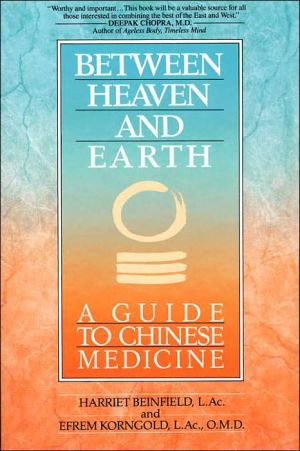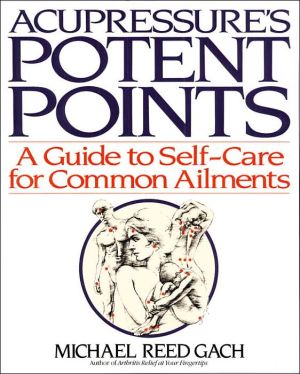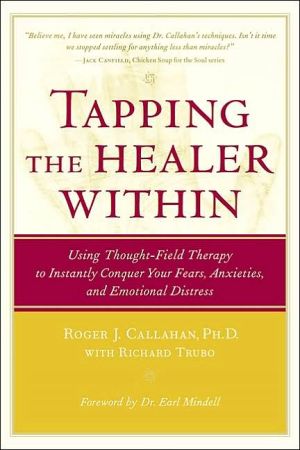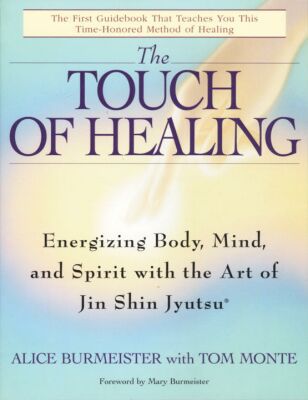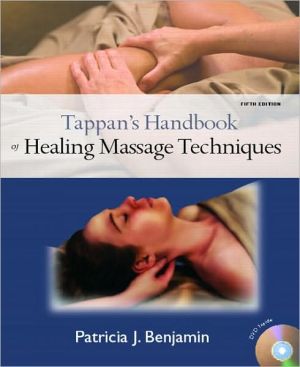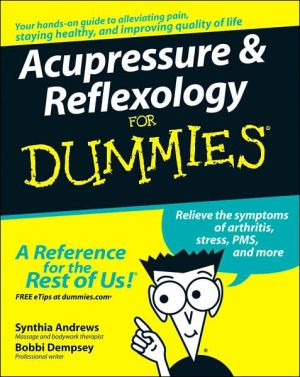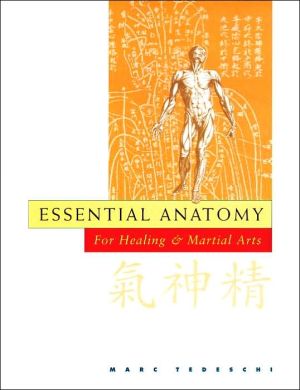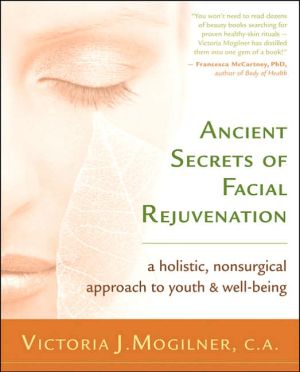Between Heaven and Earth: A Guide to Chinese Medicine
Two of the foremost American educators and healers in the Chinese medical profession demystify Chinese medicine's centuries-odl approach to health. Combining Eastern traditions with Western sensibilities in a unique blend that is relevant today, BETWEEN HEAVEN AND EARTH opens the door to a vast storehouse of knowledge that bridges the gap between mind and body, theory and practice, professional and self-care, East and West.\ \ Within the past year, alternative medicine...
Search in google:
Two of the foremost American educators and healers in the Chinese medical profession demystify Chinese medicine's centuries-odl approach to health. Combining Eastern traditions with Western sensibilities in a unique blend that is relevant today, BETWEEN HEAVEN AND EARTH opens the door to a vast storehouse of knowledge that bridges the gap between mind and body, theory and practice, professional and self-care, East and West. Publishers Weekly For anyone seriously interested in learning about Chinese medicine, Beinfield and Korngold provide a comprehensive, though technical, look at it. The book is divided into three parts: theory; the psychology of Chinese medicine and therapy; and such treatment methods as acupuncture, herbs and diet. Licensed acupunturists, Beinfield and Korngold stress that the models of Eastern and Western medicine are significantly different. Consequently, so are methods, emphases and outcomes. Chinese medicine, they claim, readjusts the body's balance and enhances self-healing--while Western medicine, in contrast, stresses suppressing and eliminating pathological phenomena, and crisis-intervention. The authors don't discount the need, in some instances, for Western medicine. In fact, they bring this issue up poignantly with an event close to home: their son was born with a heart deformity that required specialized surgery. To help maintain his health, his parents incorporated herbal remedies in his diet. A particularly interesting concept is ``culinary alchemy'' or kitchen medicine, based on the Chinese tenet ``Who we are determines what is most beneficial for us to eat.'' The authors provide an extensive, cross-referenced compendium of herb names, as well as information on using Chinese patent medicines and formulas for general health problems. (June)
\ Publishers Weekly - Publisher's Weekly\ For anyone seriously interested in learning about Chinese medicine, Beinfield and Korngold provide a comprehensive, though technical, look at it. The book is divided into three parts: theory; the psychology of Chinese medicine and therapy; and such treatment methods as acupuncture, herbs and diet. Licensed acupunturists, Beinfield and Korngold stress that the models of Eastern and Western medicine are significantly different. Consequently, so are methods, emphases and outcomes. Chinese medicine, they claim, readjusts the body's balance and enhances self-healing--while Western medicine, in contrast, stresses suppressing and eliminating pathological phenomena, and crisis-intervention. The authors don't discount the need, in some instances, for Western medicine. In fact, they bring this issue up poignantly with an event close to home: their son was born with a heart deformity that required specialized surgery. To help maintain his health, his parents incorporated herbal remedies in his diet. A particularly interesting concept is ``culinary alchemy'' or kitchen medicine, based on the Chinese tenet ``Who we are determines what is most beneficial for us to eat.'' The authors provide an extensive, cross-referenced compendium of herb names, as well as information on using Chinese patent medicines and formulas for general health problems. (June)\ \ \ \ \ Library JournalChinese medicine uses a variety of diagnostic techniques, such as observation, pulse-taking, and questioning, to determine a patient's type and optimal therapy. Here, two Western practitioners describe for Western lay readers philosophy, diagnostic techniques, and possible treatments. They also show how an understanding of the five Chinese elements--wood, fire, earth, metal, and water--enables one to begin to understand one's own patterns of physical and emotional health. Beinfeld and Korngold have done a handy job of explaining this esoteric and frequently misunderstood modality. For New Age health collections in public libraries.-- Judith Eannarino, Washington, D.C.\ \
